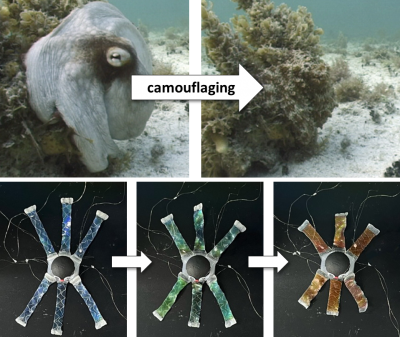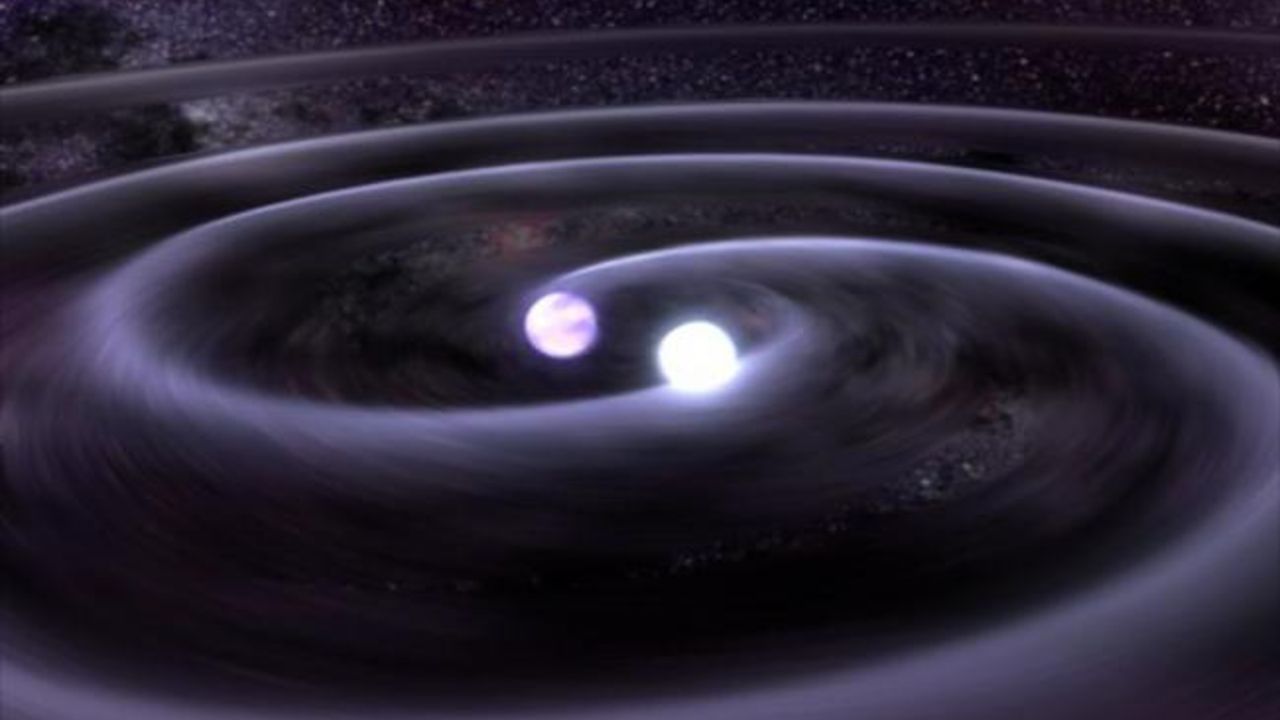Recent research has shed light on the enigmatic phenomenon of hypervelocity white dwarfs, which are rapidly moving remnants of stars. These celestial bodies have been observed hurtling through the Milky Way at astonishing speeds of up to 1,240 miles per second (2,000 kilometers per second). This velocity is so extreme that it could cover the distance from New York to Los Angeles in less than two seconds.
Since their discovery in 2018, hypervelocity white dwarfs have intrigued astronomers, as their high speeds imply they have been propelled by violent cosmic events. Yet, no single theory has satisfactorily explained both their remarkable velocities and their unusual characteristics—until now. A new study co-led by Hila Glanz from the Technion-Israel Institute of Technology offers compelling insights into their origins.
New Insights from Computer Simulations
The findings, published on August 19, 2023 in the journal Nature Astronomy, utilized advanced computer simulations to examine the merger of white dwarfs in tight binary systems. The research team modeled the interactions between two hybrid white dwarfs—stellar remnants with carbon-oxygen cores surrounded by helium shells.
Glanz described the process as akin to assembling a puzzle. “We want to see what kind of pieces we can add to the story,” she stated in an interview. The simulations successfully recreated the high ejection velocities and the inflated luminosity observed in these stellar objects.
As the two white dwarfs spiral together for a merger, the lighter star is pulled in and begins to be torn apart by its more massive companion. This interaction generates friction and compression, heating the surface of the larger white dwarf and eventually igniting its helium shell in a dramatic explosion. The initial blast creates a shockwave that travels around the star, ultimately leading to a second detonation in the carbon-oxygen core, resulting in what is termed a thermonuclear supernova.
Glanz explained the aftermath of these events: “It completely explodes. There’s nothing left.” The surviving white dwarf, now unbound from its companion, is ejected at extraordinary speeds, propelled by the force of the blast and the energy accumulated during the merger.
Implications for Stellar Evolution
The research indicates that this merger model is essential in understanding the formation of hypervelocity white dwarfs. The simulations demonstrated that even a relatively low-mass white dwarf can yield a high-velocity remnant through partial disruption. Since the resulting supernova is relatively faint, its remnants dissipate quickly, aligning with observations of white dwarfs traveling through space without visible traces of a supernova.
Previously, the prevailing theory known as the D6 scenario suggested that a massive white dwarf would explode after minimal mass transfer, leaving behind its companion intact. However, this hypothesis struggled to explain both the extreme velocities and the unusual appearances of hypervelocity white dwarfs.
Glanz’s model provides a more comprehensive explanation. The study posits that hypervelocity white dwarfs could originate from a diverse array of stellar interactions and explosions, including faint supernovae triggered by double detonations—like those simulated by Glanz and her team.
Despite these advancements, Glanz cautions that this research only represents part of the larger picture. Future observations, particularly those from upcoming sky surveys such as those planned by the Vera C. Rubin Observatory, may further validate these theories. If astronomers can observe a merger and explosion in real time, it could confirm the violent processes responsible for propelling these stellar cannonballs.
“We did not really know what we were gonna get,” Glanz remarked. “When we saw the results, it actually fit this long-standing question of how these hypervelocity white dwarfs formed. It was super cool.”
As research continues, the quest to understand these extraordinary cosmic phenomena remains ongoing, promising to unravel more mysteries of our universe.





































































